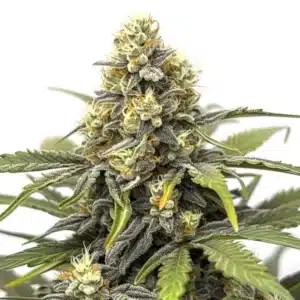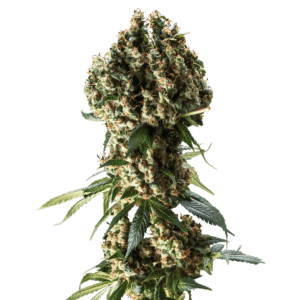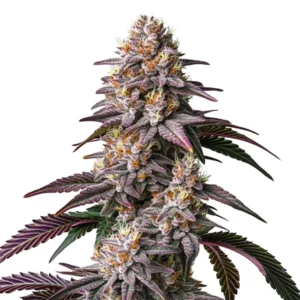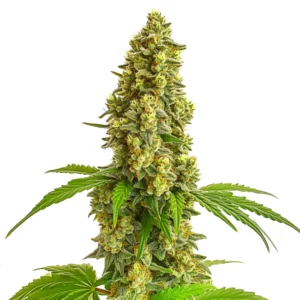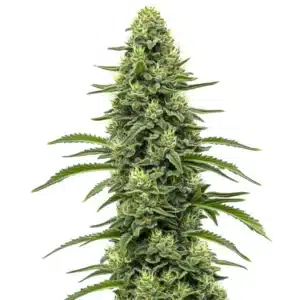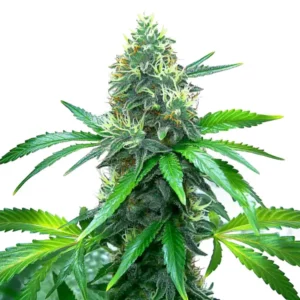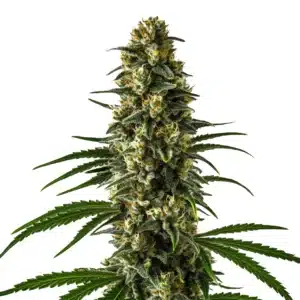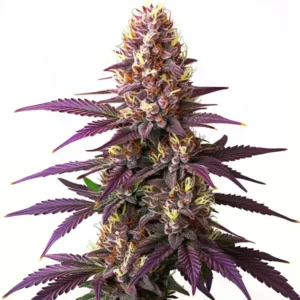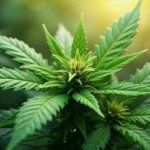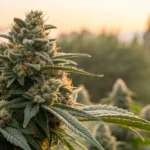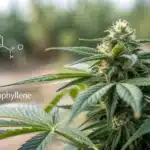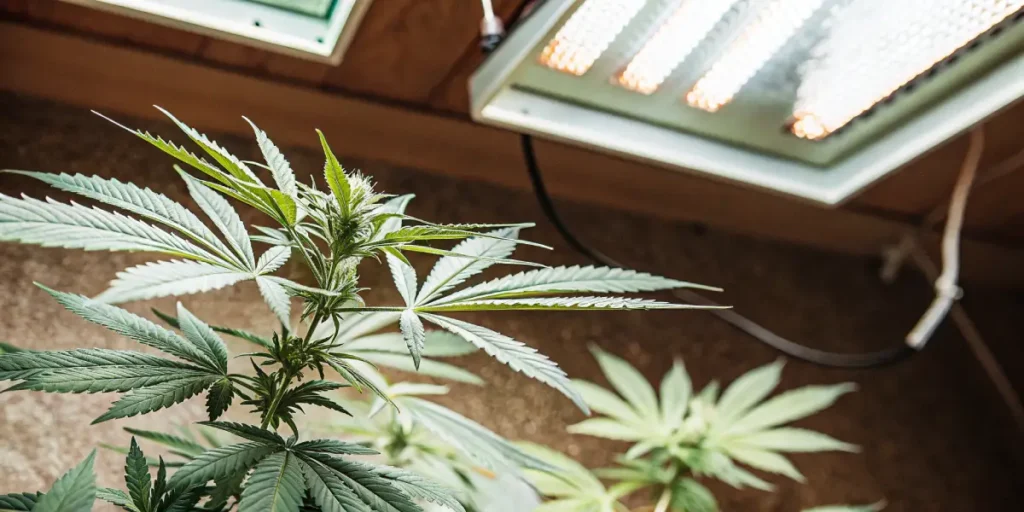
What is Latex in Marijuana Plants?
In the world of cannabis cultivation, knowing what is latex in marijuana plants can enhance both the quality and health of your plants. Latex in cannabis is a milky fluid found in various plant tissues, including cannabis. This substance plays multiple roles in the plant’s development and defense. It’s not the same as the latex used in products like gloves, but it shares some similarities.
Latex production in cannabis plants happens naturally. It serves as a defense mechanism against pests and diseases. When a plant is damaged, latex secretion in cannabis cultivation works by sealing the wound and preventing invaders from entering. This natural response helps in maintaining plant health.
Recommended Strains
Amnesia
-
THC: 15% - 20%
-
Type of seed: Feminized
-
Phenotype: 70% Sativa / 30% Indica
-
Flavor: Fruity, Incense, Woody
-
Day to flower: 8 - 10 weeks
Granddaddy Purple
-
THC: 25%
-
Type of seed: Feminized
-
Phenotype: 30% Sativa / 70% Indica
-
Flavor: Berry, Fruity
-
Day to flower: 8 - 10 weeks
Identifying latex in cannabis leaves is not always straightforward. You might notice a sticky substance on the leaves or stems. This could be latex, which indicates that the plant is functioning properly. However, excessive secretion can be a sign of stress or other issues.
Latex Production in Cannabis Plants
Latex production in cannabis plants is a fascinating topic for both novice growers and seasoned cultivators. The process begins in specialized cells known as laticifers. These cells produce and store latex until it’s needed by the plant.
Latex function in marijuana plant health is primarily protective. When a plant is cut or damaged, the latex quickly moves to the site of the injury. It hardens and forms a barrier, keeping out pathogens and deterring herbivores. This is nature’s way of ensuring the plant’s survival.
Knowing latex production in cannabis plants can provide insights into the overall health of your garden. By observing how and when latex is produced, growers can better predict how their plants will respond to environmental stressors, ensuring a more resilient crop.
Moreover, the presence of latex can also be a marker for the plant’s internal processes. Noticing changes in latex production may prompt growers to reevaluate their care strategies, optimizing factors like soil quality and nutrient delivery to ensure balanced growth.
Role of Latex in Marijuana Plant Biology
The function of latex in marijuana plant biology is crucial. Besides its defensive properties, latex also plays a part in plant metabolism. It can contain sugars and proteins that the plant uses for energy and growth. This makes latex not just a protective agent but also a vital component of the plant’s overall health.
For growers, noticing latex secretion in cannabis cultivation can be a sign of a thriving plant. However, it’s important to monitor the levels of latex being produced. Too much latex can indicate stress, possibly from pests, lack of nutrients, or improper watering.
By examining the function of latex in marijuana plant biology, cultivators can gain a deeper knowing of how cannabis plants interact with their environment. This knowledge can inform better cultivation practices, ultimately leading to healthier and more productive crops.
Latex plays a multifaceted role in the plant’s lifecycle, influencing everything from growth rates to resilience against adverse conditions. Knowing this dynamic allows growers to tailor their approaches, ensuring that each plant receives the care it needs to thrive.
Promos & Deals
Latex Secretion in Cannabis Cultivation
Latex secretion in cannabis cultivation is an indicator of plant health. When you notice this sticky substance, it’s important to inspect your plants for signs of damage or stress. While latex is beneficial, too much can be a warning sign.
One practical example is when pruning. If you see latex at the cut site, it’s doing its job. However, if latex is oozing from uncut areas, it may be time to check for pests or nutrient deficiencies. Regular monitoring can help maintain a healthy garden.
Latex secretion in cannabis cultivation can vary significantly between strains and growing conditions. By keeping detailed records of latex production, growers can identify patterns that may help optimize their cultivation techniques.
Knowing what is latex in marijuana plants and its secretion patterns can also be beneficial in breeding programs. Selecting plants that manage latex production efficiently can lead to the development of more resilient strains that perform well under various environmental conditions.
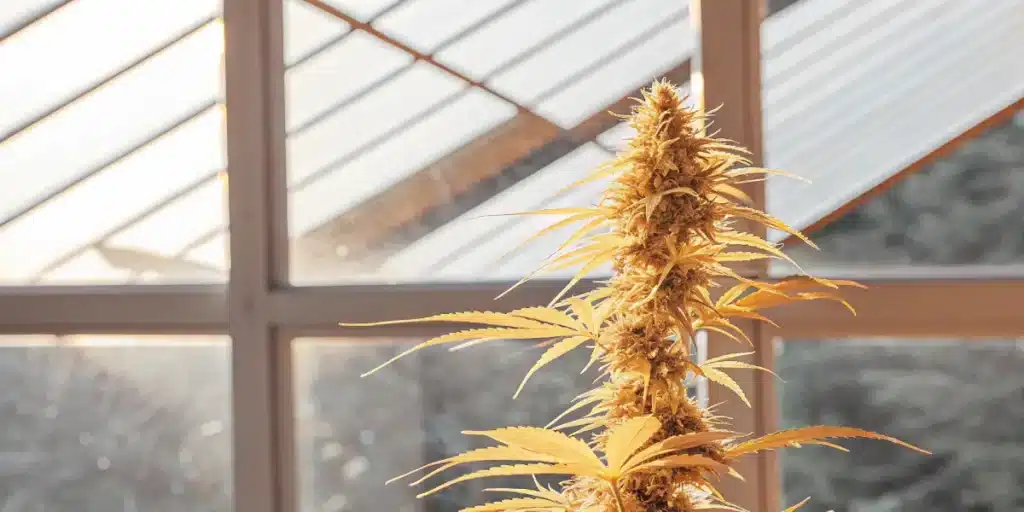
Identifying Latex in Cannabis Leaves
Identifying latex in cannabis leaves involves looking for the sticky, milk-like substance. This can usually be found on the leaves or stems where the plant has been damaged. While it’s a natural part of plant biology, excessive amounts should be monitored.
If you find latex on your cannabis plants, consider what might be causing it. Environmental factors like temperature and humidity play a role in latex production. Adjusting these can help control excessive secretion.
Accurately identifying latex in cannabis leaves can be a valuable skill for any grower. By knowing the signs of healthy latex production, cultivators can better assess the overall condition of their plants and make informed decisions about care practices.
Besides, monitoring latex can provide early warnings of potential issues. Catching these signs early allows for timely interventions, minimizing damage and promoting robust plant health.
Latex Function in Marijuana Plant Health
The latex function in marijuana plant health is multifaceted. It aids in healing, defends against threats, and supports metabolic functions. Knowing how to manage latex production is part of successful cannabis cultivation.
When your plants are producing healthy amounts of latex, they’re likely thriving. However, it’s essential to maintain optimal growing conditions to prevent overproduction. This includes proper lighting, watering, and pest management.
Latex function in marijuana plant health is not limited to defense alone; it also plays a role in nutrient transport and storage. This underscores the importance of maintaining balanced latex production for the overall vitality of the plant.
By knowing how latex contributes to plant health, growers can take a proactive approach in their cultivation strategies, ensuring that each plant receives the necessary care to maximize its growth potential.
Practical Examples in Cultivation
In practice, managing latex involves regular plant inspections. Look for signs of stress, such as wilting or discoloration, that might accompany excessive latex production. Addressing these issues promptly can prevent further problems.
Strains like Amnesia are excellent for those wanting to minimize stress. Known for their robust nature, they often require less intervention, making them suitable for beginners and experts alike.
Practical examples in cultivation also highlight the importance of environmental controls. By maintaining stable temperature and humidity levels, growers can influence latex production, promoting a healthier plant environment.
Furthermore, integrating practices such as crop rotation and organic pest management can reduce the stress on plants, thereby optimizing latex function in marijuana plant health and enhancing overall yield quality.
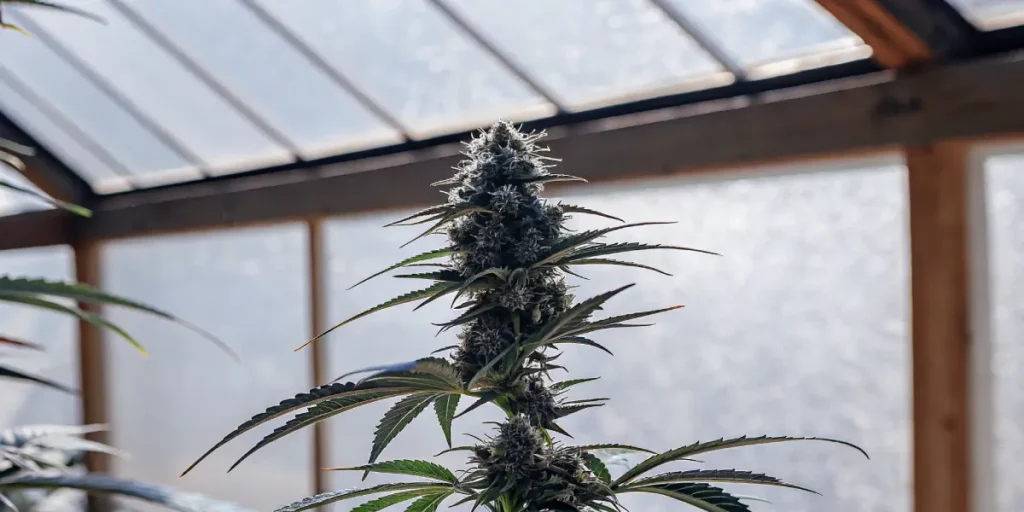
FAQs
Why do cannabis plants produce latex?
Cannabis plants produce latex primarily as a defense mechanism. When the plant is damaged, latex quickly seals the wound, preventing bacteria and fungi from entering. It also deters herbivores due to its sticky and sometimes toxic nature.
The production of latex is an evolutionary trait that helps cannabis plants survive in the wild. By knowing what is latex in marijuana plants, growers can appreciate this natural defense and use it as an indicator of plant health.
Latex production in cannabis plants is a testament to their resilience. This natural adaptation allows them to thrive in various environments, making latex an essential aspect of their survival strategy.
For those involved in cannabis breeding, knowing why and how plants produce latex can provide insights into developing more robust strains that maintain health and productivity even under challenging conditions.
Is latex harmful to humans?
Latex from cannabis plants is generally not harmful to humans. It is different from the latex used in commercial products, which can cause allergic reactions in some individuals. However, it’s always a good idea to wear gloves when handling plants to avoid skin irritation.
For those cultivating cannabis, latex is more of an asset than a risk. It helps ensure the plant’s survival, which ultimately benefits the grower by producing healthier yields.
While the latex in marijuana plants is not harmful, it is still advisable to handle it with care, especially for those with sensitive skin. This precaution ensures that growers can enjoy the benefits of their crops without unnecessary discomfort.
Additionally, knowing the properties of latex can be beneficial in developing cultivation techniques that maximize plant health and productivity while minimizing potential risks to growers.
How can I manage excessive latex production?
Excessive latex production can be managed by addressing the underlying stress factors. Ensure your plants are receiving the right amount of nutrients, water, and light. Regularly inspect for pests and diseases that might be causing stress.
Choosing strains known for their resilience, such as those available at Blimburn Seeds, can also help. These strains are bred to withstand environmental pressures, reducing the likelihood of excessive latex secretion.
Effective management of excessive latex production often involves a holistic approach, focusing on optimizing environmental conditions and plant care practices. By doing so, growers can maintain a healthy balance that promotes robust growth.
Additionally, integrating advanced techniques such as soil testing and precision irrigation can further aid in managing latex levels, ensuring that each plant receives the tailored care it needs to thrive.
What are some strains that produce latex efficiently?
Strains like Granddaddy Purple, Blue Dream, and Amnesia are known for efficient latex production. They are resilient to stress and can thrive in various growing conditions, making them excellent choices for any grower.
These strains, available from Blimburn Seeds, are popular among cultivators for their robustness and ability to maintain health even when faced with environmental pressures.
Choosing strains that excel in latex production can be a strategic decision for growers looking to maximize plant health and yield. These varieties often require less intervention, allowing for a more sustainable cultivation approach.
By selecting strains that naturally manage latex efficiently, growers can focus on optimizing other aspects of the growing environment, leading to higher quality and more consistent harvests.
Can latex affect the quality of cannabis buds?
Latex itself does not affect the quality of cannabis buds. Its role is primarily protective, ensuring the plant remains healthy throughout its growth cycle. By maintaining plant health, latex indirectly contributes to the production of quality buds.
Growers should focus on keeping their plants stress-free to ensure latex production remains at optimal levels. This will help in producing high-quality yields that are both potent and flavorful.
While latex does not directly impact bud quality, its overall function in marijuana plant health ensures that plants remain robust and productive, ultimately leading to better harvest outcomes.
By managing latex production effectively, growers can create an environment where plants can focus their energy on developing potent, aromatic buds that meet the highest quality standards.

